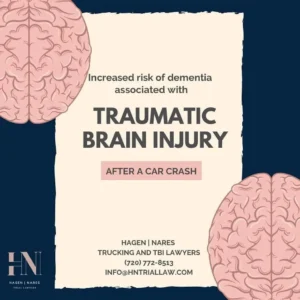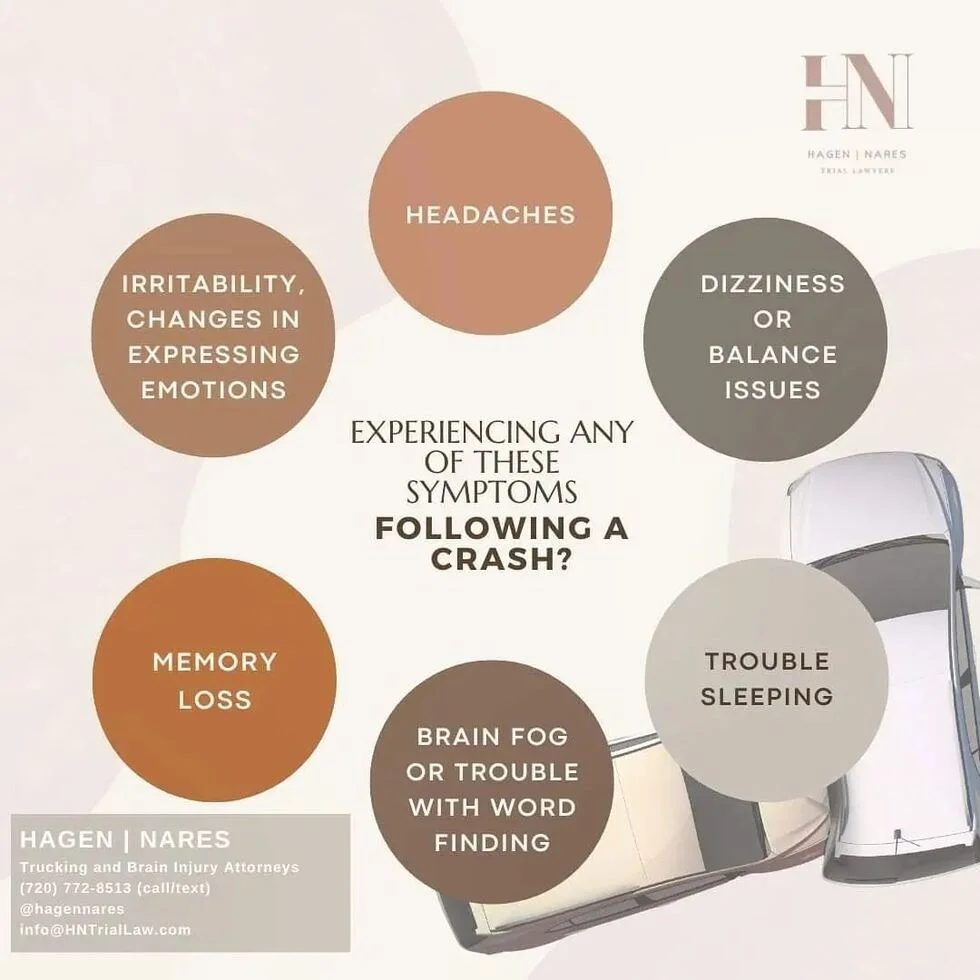
What is videonystagmography (VNG)? At its core, VNG is a specialized diagnostic test that tracks and records involuntary eye movements using small cameras. These recordings help medical professionals evaluate the function of the vestibular system—the intricate network within the inner ear and brain that regulates balance, coordination, and spatial orientation.
For victims of head trauma, VNG plays a critical role in diagnosing injuries that affect balance and brain function. In fact, results from VNG testing often become vital evidence in traumatic brain injury cases in Colorado, where establishing the extent of neurological damage is key to securing fair compensation.
At Nares Law Group, our attorneys understand both the medical and legal significance of VNG in personal injury claims. Here’s what you need to know about this important test, its process, and how it connects to brain injury litigation.
Understanding What Videonystagmography Tests
The vestibular system includes inner ear structures and brain pathways that control balance. When disrupted by trauma, victims may experience dizziness, vertigo, imbalance, or difficulty walking. VNG helps pinpoint these issues by analyzing eye movements in response to various stimuli.
During a VNG exam, patients may be asked to:
- Follow moving objects with their eyes while cameras capture their response.
- Change head positions to evaluate balance control.
- Stand on a moving platform to assess stability.
The computer software then measures eye velocity, accuracy, and coordination, providing objective data about vestibular system health.
What Is Videonystagmography and why is it Crucial in Traumatic Brain Injury Cases in Colorado
In traumatic brain injury cases in Colorado, medical documentation can make or break a claim. VNG testing provides:
- Objective proof of neurological impairment: Unlike self-reported dizziness or imbalance, VNG creates measurable evidence.
- Clear links to brain injury: Abnormal VNG results often confirm brain trauma’s effect on balance and coordination.
- Support for long-term care needs: Results guide doctors in prescribing rehabilitation, therapy, or ongoing treatment.
When combined with testimony from medical professionals, VNG findings can strengthen legal claims, showing the true impact of an injury on a victim’s daily life.
What Is Videonystagmography’s Role in Legal Proceedings?
Attorneys frequently rely on VNG test results in personal injury and brain injury lawsuits. Here’s how:
- Evidence of Injury Severity: VNG can demonstrate how a head injury has affected cognitive and physical abilities.
- Validation of Medical Costs: Test results support claims for therapy, rehabilitation, and long-term care.
- Expert Testimony Support: Medical experts use VNG findings to explain injury-related impairments in court.
For victims, this means the ability to claim not just immediate medical bills but also future expenses and reduced quality of life.
The Importance of an Experienced Brain Injury Attorney in Colorado
Even with strong medical evidence, pursuing compensation in traumatic brain injury cases in Colorado is complex. Insurance companies often minimize claims or dispute the extent of damages. That’s why working with an experienced brain injury attorney in Colorado is essential.
A skilled attorney can:
- Review and interpret VNG results in collaboration with medical experts.
- Build a compelling case linking test findings to the accident.
- Negotiate aggressively with insurers to secure fair compensation.
- Represent you in court if settlement is not possible.
At Nares Law Group, we bring years of expertise in handling brain injury claims and ensure clients receive the legal and medical support they need during recovery.
Common Conditions Diagnosed with VNG
While primarily used in brain injury contexts, VNG also identifies conditions such as:
- Meniere’s disease
- Vestibular neuritis
- Benign paroxysmal positional vertigo (BPPV)
- Chronic dizziness or balance disorders
These conditions may overlap with symptoms of brain injuries, further underscoring VNG’s importance in differential diagnosis and litigation.
What is Videonystagmography, and is it Safe?
Yes. VNG is a non-invasive and safe diagnostic tool. Some patients may feel temporary dizziness during testing, but the procedure generally causes no lasting discomfort. Its reliability and safety make it an essential tool in diagnosing injuries linked to balance and neurological function.
Contact a Brain Injury Attorney in Colorado Today
What Is Videonystagmography? If you or a loved one has suffered a head injury, VNG testing may provide the evidence needed to support your claim. At Nares Law Group, we understand the legal significance of medical procedures like VNG and use them to build strong cases for our clients.
📞 Call 720-772-8513 or visit www.NaresLawGroup.com to schedule your Free Consultation today.



